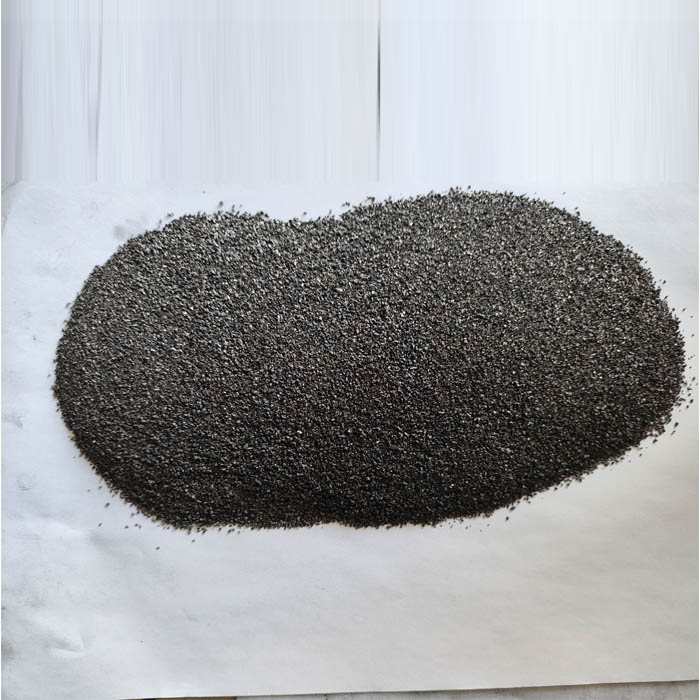Dec . 26, 2024 11:03 Back to list
vermiculite insulation asbestos factory
Vermiculite Insulation and Asbestos Understanding the Risks and History
Vermiculite insulation has been widely used in construction for decades due to its favorable properties such as thermal insulation, fire resistance, and lightweight characteristics. However, the history of vermiculite insulation is marred by its association with asbestos, a dangerous mineral known for its serious health risks, including lung cancer and asbestosis. This article explores the origins of vermiculite insulation, its connection to asbestos, and the implications for public health and safety.
Vermiculite is a naturally occurring mineral that, when heated, expands into worm-like structures, creating a lightweight and non-combustible material. It has been utilized in building materials, such as insulation, potting soil, and soundproofing products. In the United States, the most significant source of vermiculite insulation was the mine located in Libby, Montana, which was active from the 1920s until the early 1990s. This mine became infamous not only for its production of vermiculite but also for the presence of asbestos in the surrounding environment.
The problem arose when the vermiculite extracted from the Libby mine was found to be contaminated with asbestos fibers. As the vermiculite was processed and used in insulation products, these fibers were released into the air, posing significant health risks to workers and residents in nearby communities. Numerous studies have shown that exposure to asbestos can lead to severe respiratory diseases, including mesothelioma, a rare form of cancer that affects the lining of the lungs and abdomen.
vermiculite insulation asbestos factory

In the late 20th century, awareness of the dangers of asbestos began to increase, leading to stricter regulations and the eventual decline in the use of asbestos-containing products. The Environmental Protection Agency (EPA) and the Occupational Safety and Health Administration (OSHA) implemented safety standards to protect workers and the general public from asbestos exposure. Consequently, companies began to phase out vermiculite insulation that contained asbestos, opting for safer alternatives.
Despite the decline in the use of asbestos-laden vermiculite products, the legacy of this hazardous material continues to affect many people. Homes and buildings constructed with vermiculite insulation sourced from the Libby mine may still contain asbestos, posing a risk to current occupants during renovation or demolition projects. It is essential for homeowners and contractors to recognize the potential for asbestos exposure when dealing with vermiculite insulation and to take appropriate precautions.
If you suspect that your home may contain vermiculite insulation, it is crucial to have it professionally assessed. An experienced inspector can determine whether the material contains asbestos and advise on the best course of action. In many cases, if the insulation is intact and not disturbed, it may not pose a health risk. However, if renovations are planned or if the insulation is damaged, it may be necessary to remove it safely by a licensed asbestos abatement contractor.
In conclusion, while vermiculite insulation offers numerous benefits for construction, its historical connection to asbestos cannot be overlooked. Understanding the risks associated with asbestos exposure is vital for ensuring public health and safety. As consumers and builders, we must remain vigilant and informed, taking proactive steps to mitigate the risks of asbestos in our homes and communities. Efforts continue to strengthen regulations and promote awareness, but it is ultimately up to individuals and professionals to prioritize safety when dealing with insulation materials and to support ongoing research and legislation aimed at safeguarding public health.
-
Eco-Friendly Granule Covering Agent | Dust & Caking Control
NewsAug.06,2025
-
Fe-C Composite Pellets for BOF: High-Efficiency & Cost-Saving
NewsAug.05,2025
-
Premium Tundish Covering Agents Exporters | High Purity
NewsAug.04,2025
-
Fe-C Composite Pellets for BOF | Efficient & Economical
NewsAug.03,2025
-
Top Tundish Covering Agent Exporters | Premium Quality Solutions
NewsAug.02,2025
-
First Bauxite Exporters | AI-Optimized Supply
NewsAug.01,2025
